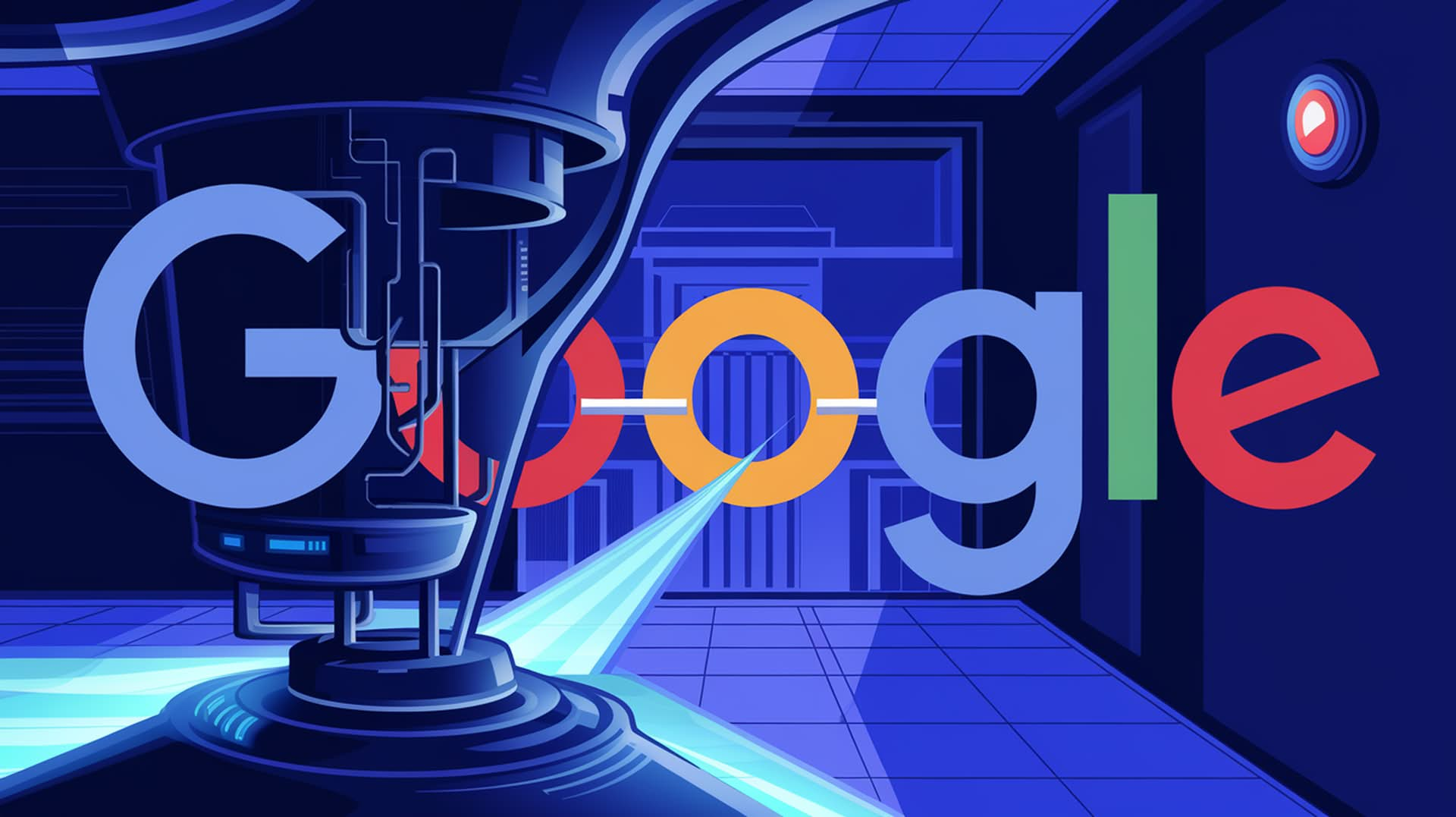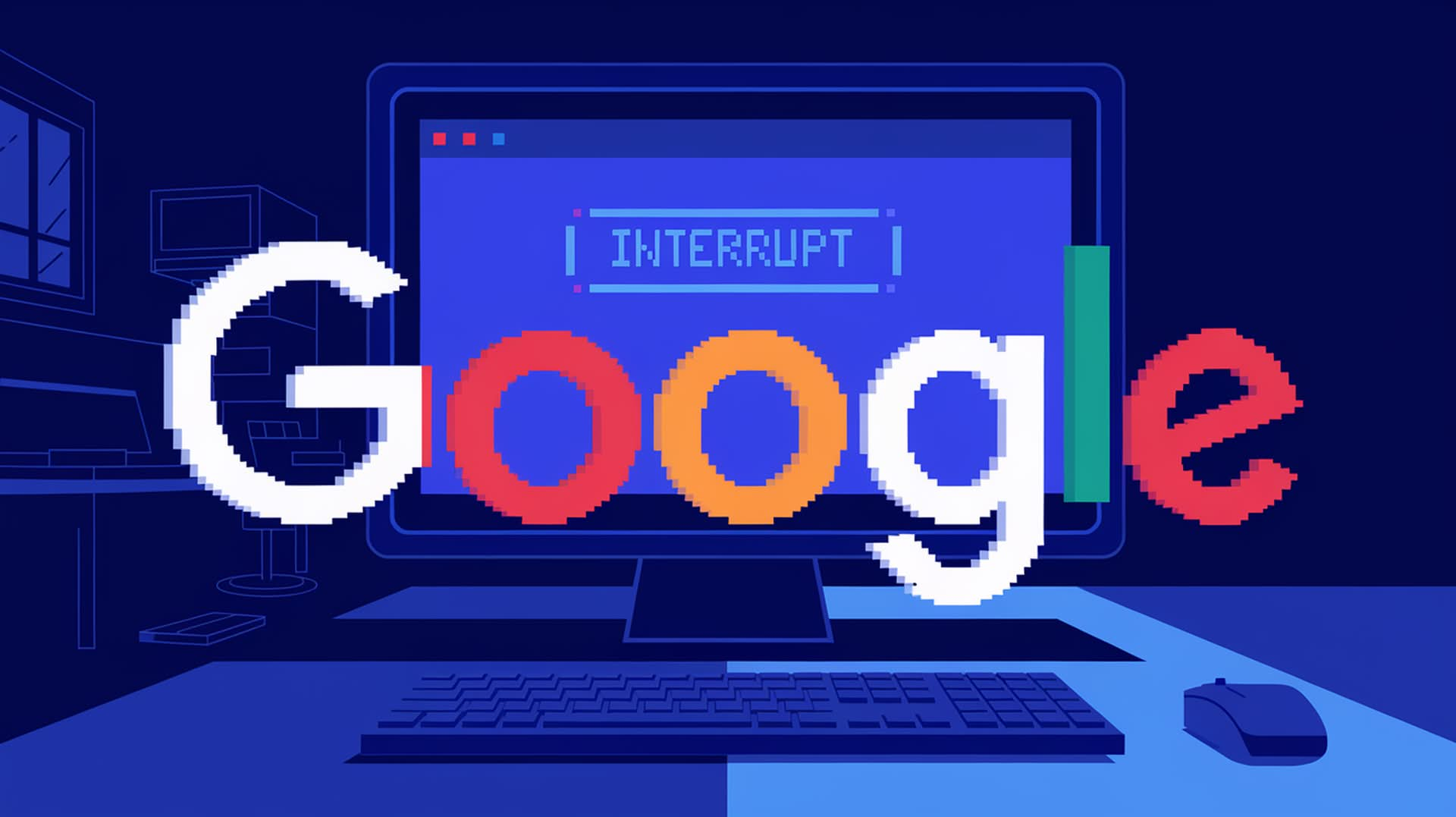and the distribution of digital products.
DM Television
Google accidently leaks its own Jarvis AI Project

Google’s “Project Jarvis,” previously rumored as the company’s answer to Microsoft’s Copilot, just got an accidental confirmation when it briefly appeared in the Chrome Web Store.
Project Jarvis, like Microsoft’s Copilot, aims to serve as a productivity-boosting AI that can go beyond simple commands to complete multi-step, web-based tasks. For months, there have been hints that Google was working on an advanced, autonomous AI assistant that could control users’ Chrome sessions, perform tasks like shopping and booking travel, and conduct research with minimal user input.
This accidental reveal (now removed) on the Chrome Web Store confirms that Jarvis is indeed real—and likely on its way to release.
What Project Jarvis brings to the table?Similar to Microsoft’s Copilot integration with Office, Jarvis is designed to simplify and automate complex tasks that require multiple steps. According to The Information, Jarvis will be powered by Google’s Gemini 2.0 AI model, enabling it to handle sequential workflows and complex reasoning.
Rather than merely providing responses, Jarvis is set to perform actions autonomously, controlling Chrome tabs and interacting with website interfaces by capturing and analyzing screenshots. This technology is more akin to a co-worker that can act independently rather than a simple assistant.
Functionality that goes beyond voice assistantsJarvis isn’t your typical virtual assistant. While Copilot is designed to navigate software like Word, Excel, and Teams, Jarvis extends to performing complex operations across websites. Think of it as a digital assistant capable of “seeing” a web page, interpreting elements like forms or buttons, and making decisions based on its understanding.
 Unlike simple assistants, Jarvis can control Chrome tabs and interact with web interfaces
Unlike simple assistants, Jarvis can control Chrome tabs and interact with web interfaces
It can “click” buttons, fill in data fields, and even compare items on various sites—tasks normally requiring multiple user steps. Jarvis’s screenshot-based navigation lets it work across a range of web layouts and forms, even those that vary widely, though this method does slow down its speed, making it take a few seconds to analyze each step.
Privacy in questionAs with Microsoft’s Copilot, which integrates deeply into Office environments, Jarvis raises questions about privacy and security.
The assistant’s reliance on screenshots to interpret web pages means it could potentially capture sensitive information. Google’s commitment to testing Jarvis for security and data integrity will be critical to maintaining user trust. Given the level of control Jarvis could have over users’ devices, robust safeguards are essential to avoid unauthorized access or breaches.
AI and productivity becoming oneBoth Google’s Project Jarvis and Microsoft’s Copilot are part of a growing trend toward autonomous, productivity-focused AI agents. As these technologies mature, they promise to reshape how users handle digital workflows, potentially reducing manual input across common digital tasks. It remains to be seen how Jarvis will compare directly to AI-driven productivity tools.
As Jarvis nears its official preview release, the tool could provide a look at the future of integrated AI tools, bringing powerful task automation directly to users’ browsers.
For now, we’ll watch closely as Google refines its latest entry into the AI race.
Image credits: Emre Çıtak/Ideogram AI
- Home
- About Us
- Write For Us / Submit Content
- Advertising And Affiliates
- Feeds And Syndication
- Contact Us
- Login
- Privacy
All Rights Reserved. Copyright , Central Coast Communications, Inc.